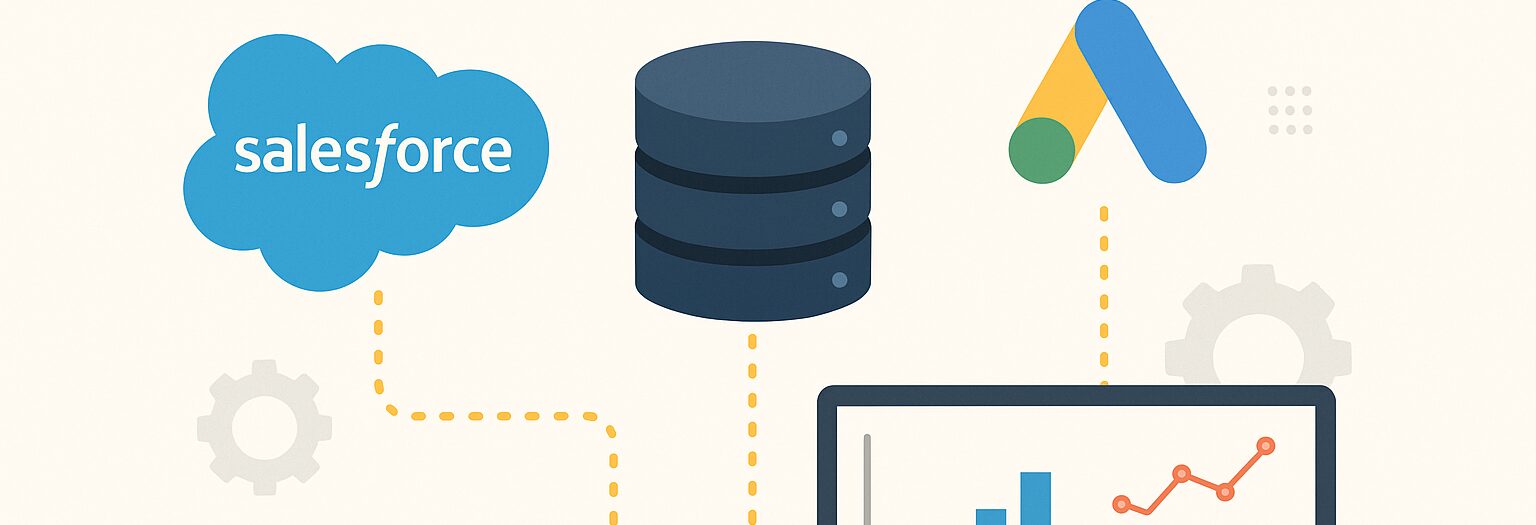When marketing teams migrate to the Marketo Forms 2.0 API, they often unlock a host of benefits—better customization, cleaner integrations, and more control over user experience. But one practical concern tends to arise:
What happens when Marketo is down, but your website forms are still collecting submissions?
This isn’t a theoretical question. Scheduled maintenance, unexpected downtime, or API throttling can all interrupt the real-time handoff between your website and Marketo. And if you don’t have a resiliency plan in place, valuable lead data could be lost—or at best, delayed.
At RightWave, we’ve seen this issue surface repeatedly across enterprise environments, and the way organizations handle it often defines whether their lead pipeline is resilient or fragile.
Why This Matters
-
Leads don’t wait: Prospects filling out demo requests or gated content forms expect an immediate response. A lag or failure in processing can result in missed SLAs or poor customer experience.
-
Data integrity is at risk: Dropped submissions mean inaccurate reporting, broken workflows, and gaps in attribution.
-
Ops teams lose visibility: If your marketing automation platform (MAP) is the single source of truth, downtime creates blind spots across Sales, RevOps, and analytics.
In short: resiliency in form capture isn’t optional—it’s essential.
How Leading Teams Approach This
From community conversations and our client experiences, several strategies stand out:
-
Dual Capture Architecture
-
Instead of sending form data only to Marketo, submissions are also written to a secondary system (e.g., MySQL, PostgreSQL, or Google Sheets via middleware like Workato or Zapier).
-
This creates a backup repository that can later push the data back into Marketo once services are restored.
-
Pro: Nothing is lost. Con: Adds some complexity in monitoring and reconciliation.
-
-
Queue-and-Replay Systems
-
Middleware platforms (Workato, Mulesoft, Boomi) or serverless functions (AWS Lambda, Azure Functions) can queue failed API calls.
-
Once Marketo is available again, the queue replays the submissions automatically.
-
Pro: Automates recovery. Con: Requires investment in monitoring and error handling.
-
-
Direct Database Capture Before API Submit
-
A tried-and-tested method: write form data first into your own database, then call the Marketo API.
-
Even if the API call fails, the raw data remains intact for manual or automated retries.
-
Pro: Absolute control over the data. Con: Needs development resources and ongoing database hygiene.
-
-
Hybrid Approaches
-
Some teams use both a cloud sheet (for rapid access) and a database (for long-term archival).
-
Others integrate error logging to Slack/Teams so the marketing ops team is alerted in real time.
-
RightWave’s Perspective
The best solution depends on your environment, but we typically recommend a dual-layer approach:
-
Immediate storage in a resilient system (your database or a secure cloud repository).
-
Automated API retry mechanism to ensure records eventually flow back into Marketo without manual intervention.
-
Monitoring and alerts so teams know when outages or backlogs occur.
This not only protects against data loss but also ensures that downstream processes—like lead routing, scoring, and nurturing—resume seamlessly once systems stabilize.
Key Takeaways
-
Migrating to the Forms 2.0 API is a smart move, but without resiliency planning, downtime can create critical business risks.
-
Redundant storage, queue-and-replay mechanisms, and real-time monitoring are all proven tactics to safeguard your pipeline.
-
Think of it as an insurance policy for your lead generation funnel—one that protects revenue and preserves trust with both prospects and internal teams.
At RightWave, we help marketing operations leaders build resilient architectures around Marketo, HubSpot, and Salesforce—ensuring that your campaigns and lead flows never skip a beat, even when platforms do.




